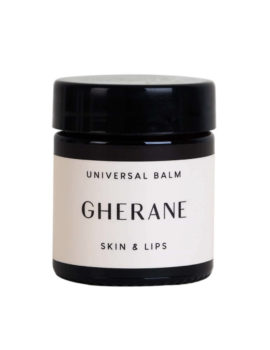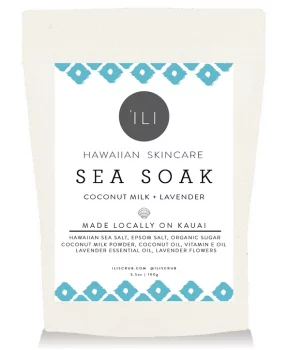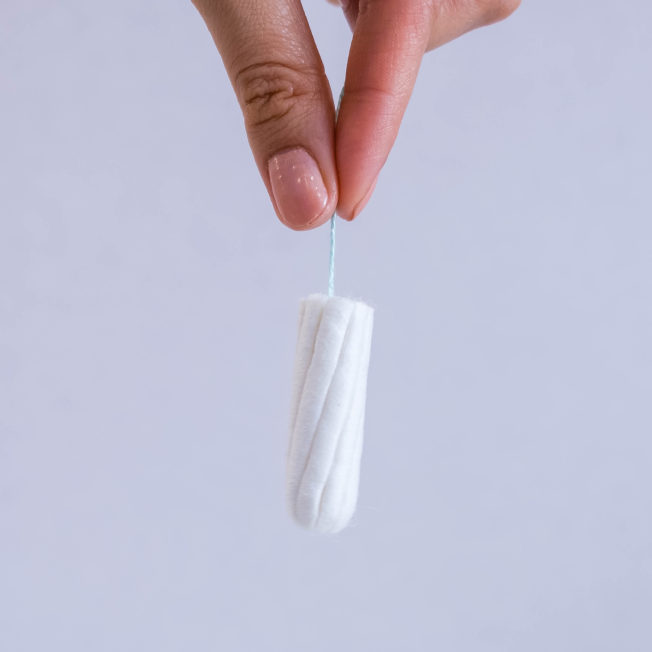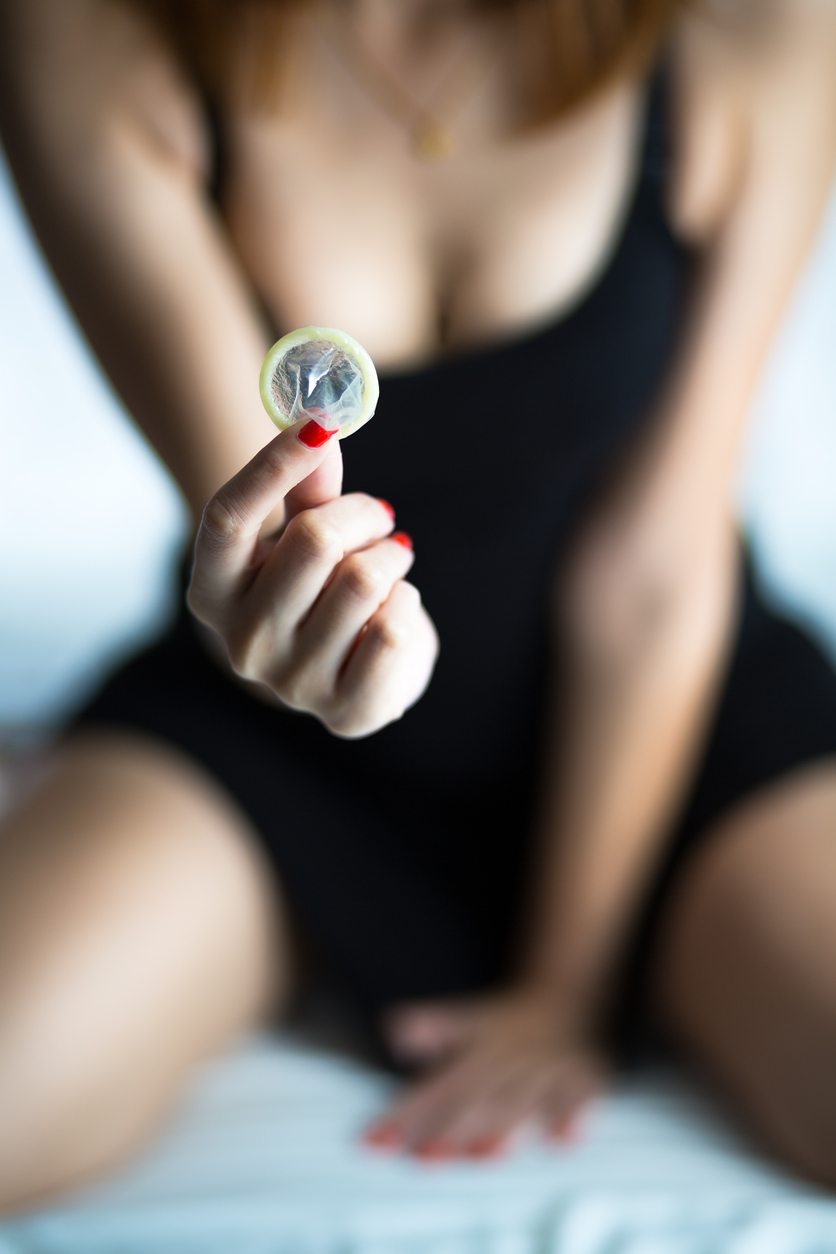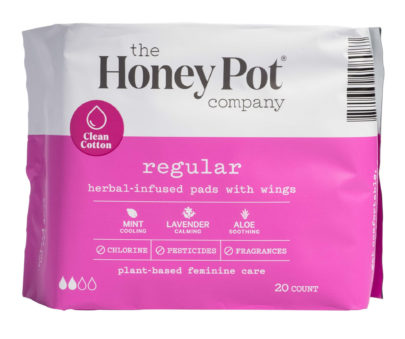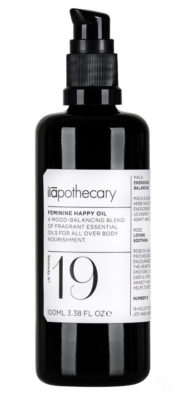Surely, you’ve heard of Toxic Shock Syndrome before. Perhaps, you even read a little bit about it… off of the side of a tampon box… when you were thirteen. Because getting your period wasn’t traumatic enough in itself. Nope, leave it to Science to start throwing words like “toxic, “shock,” and “syndrome,” into the mix.
Yet, barring the obvious, like how whoever coined the official medical term for “Toxic Shock Syndrome” seriously knew how to make a lasting impression, what do we really know about this potentially life-threatening condition? Considering the implications, not nearly enough.
Cold Hard Facts
Toxic Shock Syndrome, also known as TSS, is a severe and sudden condition caused by bacteria building up within the body. There are three strains of bacteria known to cause TSS; staphylococcus aureus, clostridium sordelli, and streptococcus pyogenes. These types of bacteria live on human skin and mucous membranes (lips, mouth, nasal passages, middle ear, and the eustachian tube, etc.) and usually do so without causing humans any harm. However, under a perfect storm of circumstances, these bacterias begin to rapidly grow, producing poisonous toxins in the process that quite literally send the body into shock.
This sudden surge of these toxins can result in the failure of vital organs, such as the liver, lungs, or heart. Symptoms can include nausea, vomiting, high fever, chills, diarrhea, a sunburn-like rash, dizziness, low blood pressure, bloodshot eyes, and skin-peeling on the soles of the feet or palms of the hands.
There is a common misconception that Toxic Shock Syndrome is exclusively reserved for tampon-toting women, but the reality is that men, women, and children are all susceptible to contracting this deadly condition under the right circumstances. In fact, half of all reported cases of Toxic Shock Syndrome are entirely non-menstrual in origin. Injuries, incisions, surgical scars, burns, and gynecological-related procedures can all increase one’s risk of contracting TSS.
Pieces of the Puzzle
It’s clear how injuries, incisions, surgical scars, and burns can allow these certain strains of bacteria into the bloodstream, but when women began contracting Toxic Shock Syndrome in record numbers in the early 1980s, medical professionals were dumbfounded. We’ve learned a lot about TSS over the past 40 years, experts still can’t seem to agree on exact circumstances under which tampons cause women to contract the condition.
Some experts believe that high-absorbency tampons cause bacteria to rapidly build up inside the body, while others believe that excessive usage length can cause the condition. Some believe tampons can cause tiny cuts inside the vagina, thus allowing these otherwise harmless types of bacteria into the bloodstream, while others argue that high levels of rayons and synthetic fibers promote bacteria growth. While many theories remain today, an ultra-absorbent tampon released in 1979 made it crystal clear that tampons can be a catalyst for the condition.
Sucking It Up
In 1979, Proctor and Gamble created the first ultra-absorbent tampon, AKA ‘Rely,’ in an effort to keep up with the constant flow of products being released by competitors. The secret ingredient behind their ever-so-absorbant curtain was carboxymethylcellulose, also known as cellulose gum.
Apparently, the uber-absorbent tampons absorbed more than just menses. Once “Rely” tampons were fully saturated, they just kept on absorbing, literally sucking up all of the moisture required to balance vaginal bacteria, eventually resulting in Toxic Shock Syndrome. And after 652 reported cases of TSS and 63 related deaths, P&G officially pulled “Rely” off shelves in September of 1980.
Post-Rely Rising
While ‘Rely’ has been long gone for going on four decades now, seemingly random clusters of TSS cases have been inexplicably noted in recent years. In 2002, California reported eight TSS tampon-related fatalities, twice the state’s reported death toll for the past three consecutive years.
In March of 2016, The Washington Post reported a cluster of five Toxic Shock Syndrome cases in the State of Michigan alone. The statistics were undeniably shocking, considering the state had seen fewer than four cases annually for the previous ten years.
Philip M. Tierno Jr., Director of Clinical Microbiology and Immunology at the New York University Medical Center, theorizes this sort of re-rising in tampon-related TSS cases could be due to higher-absorbency tampons introduced in 1999, as well as recent changes in manufacturer recommendations, which suddenly touted tampons could safely be worn overnight.
Finding Middle Ground
And while a ‘bigger is better” style approach seemed to get P&G into even bigger trouble in the early ‘80s, it’s possible that a modernized, slimmer, chicer means of living could now be to blame for the very same problem.
Dr. David Ahdoot, M.D., FACOG, Board-certified OB-GYN, assistant clinical professor at UCLA, and nationally recognized robotic surgeon warns, “It’s easy for busy people to forget and tampons actually have those little strings for that reason… But as everything gets smaller, it gets easier to forget.”
To proactively reduce the risk of contracting tampon-induced TSS, always properly adhere to the recommended usage length found on your tampon’s instructions. Generally, this is somewhere between four and eight hours. “Once a tampon is in for a bit of time, it does kind of just kind of blend in, and you might forget,” Dr. Ahdoot warns, further adding, “Once you go past 24 hours, it can get really dangerous.”
Also, try to pass on high-absorbency varieties of tampons unless entirely necessary. And if you must opt for a super-style, make sure to change your tampon regularly. Importantly, never wear a tampon of any sort, size, or brand overnight and switch to using a sanitary pad before bedtime.
Protecting the Good
“It’s really important to emphasize proper tampon use to the teenage population. They go away to college, but they don’t always learn this stuff in high school,” Ahdoot explains. And after 16-year-old Canadian Sara Manitoski passed away in her sleep from complications resulting from tampon-induced TSS while on an overnight school camping trip in 2017, one cannot help but consider all of the small things that possibly could have played a role in that which resulted in one very big, very sad tragedy.
Maybe the bathroom was super gross; perhaps it was far from where she was lodging. Maybe it was cold, maybe it was dark. Maybe she was scared to go to the restroom alone at night. Or maybe she simply thought, “I’ll just deal with it first thing in the morning” before drifting off to sleep. But it would be a morning that would never arrive. And with all this in mind, one must consider not only the implications of that which we now know but, just as importantly, of that which we clearly still do not.
One thing we can do to ensure that Toxic Shock Syndrome is more than just a scary label our daughters read once on the side of a tampon box when they’re thirteen, is to insist that, as women, the conversations we have about our bodies and the changes they experience are ever-evolving, shameless, and as serious as the consequences we risk facing when we decide not to have them. Women under the age of nineteen account for more than one-third of all tampon-related Toxic Shock Syndrome cases. So talk about TSS– it’s not just a thing of the past but hopefully, one day, it can be– at least when it comes tothe tampon–related deaths of young girls and women.














